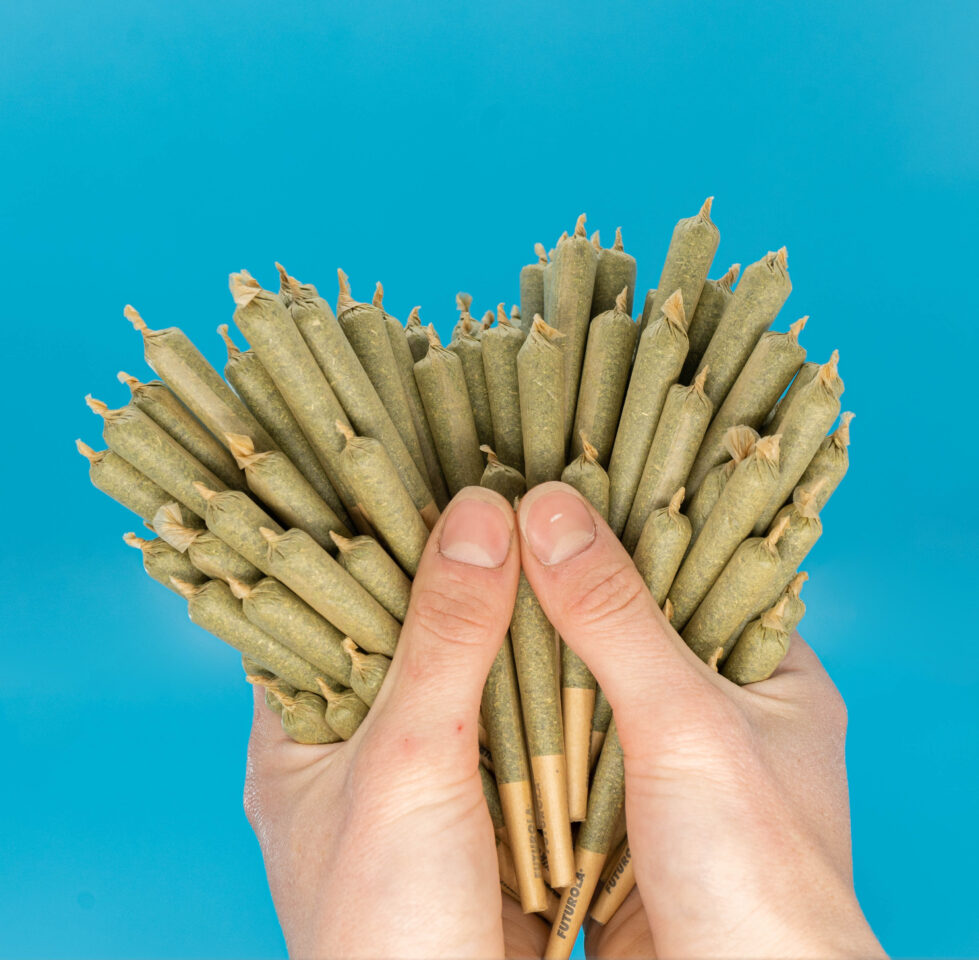
States with legal weed are seeing a decline in mental health treatment
According to a newly released study, states that have legalized recreational marijuana use for adults also saw a decrease in psychiatric admissions.
The findings, published in a study published last month in the journal Health Economics, were based on data from 10 states that have legalized cannabis for adult use.
“Recreational marijuana laws (RMLs) are growing in popularity, but the implications for mental health treatment are unclear,” wrote Alberto Ortega, a professor at Indiana University’s O’Neill School of Public Health and author of the study.
In the abstract, Ortega said the study “uses an event study within a difference-in-differences framework to examine the short-term impact of state RMLs on admissions to mental health treatment facilities.”
“The results suggest that shortly after the implementation of an RML, a state experiences a decrease in the average number of psychiatric admissions,” Ortega wrote. “Results are based on white, black, and Medicaid-funded admissions and are consistent for both male and female admissions. The results are robust to alternative specifications and sensitivity analysis.”
Ortega said “there is a clear, immediate, statistically significant decrease in overall attendance” after a state enacted recreational marijuana legislation, and that “the effect becomes more pronounced over time and remains negative through the fourth year of the event.”
Overall, Ortega estimates that the recreational marijuana laws in the first few years after their passage “resulted in an approximately 37% decrease in overall psychiatric treatment admissions, or about 92 fewer admissions per 10,000 people in a state.”
“Results are driven by people under the age of 65, blacks and whites. There is also a significant decrease in Medicaid-funded treatment admissions, with the statistically insignificant effect being significantly smaller for non-Medicaid-funded admissions,” he said.
While the results are compelling, they also pose a mystery.
“Due to the limited data, it is difficult to identify the mechanisms that lead to the decline in mental treatment noted above,” admitted Ortega. “It’s a possibility [recreational marijuana laws] increase marijuana use and that it improves mental health.”
Another possibility, Ortega said, “is that people who need mental health treatment may find it easier to substitute marijuana for marijuana after childbirth or to self-medicate.”[recreational marijuana law].”
Researchers continue to track the impact of marijuana legalization in the United States, a trend that’s still in its infancy.
A policy paper released last year found that marijuana use by young people in states that have eliminated marijuana prohibition has not increased.
In May, a survey found that more than half of marijuana users in legal states bought their marijuana in stores.
The results, which come from a research firm called New Frontier Data, showed that “52% of current consumers say their primary source is a brick-and-mortar dispensary and only 6% say their primary source is a retailer” in states that have legalized adult-use marijuana.
According to the survey “43% of [all] Current consumers say that a brick-and-mortar dispensary is their main source of cannabis, compared to 34% in 2022.” Ten percent of current weed users said that “their main source is a retailer, up from 13 percent in 2022,” the survey said.
“Interestingly, 29% of current consumers in illicit markets say their main source is also a brick-and-mortar pharmacy, compared to 17% who say they use retailers. This means consumers, even in illicit markets, will travel across state lines to obtain cannabis from a regulated source, as 42% of consumers report having obtained cannabis out of state,” said Dr. Amanda Reiman, chief knowledge officer at New Frontier Data.

Post a comment: